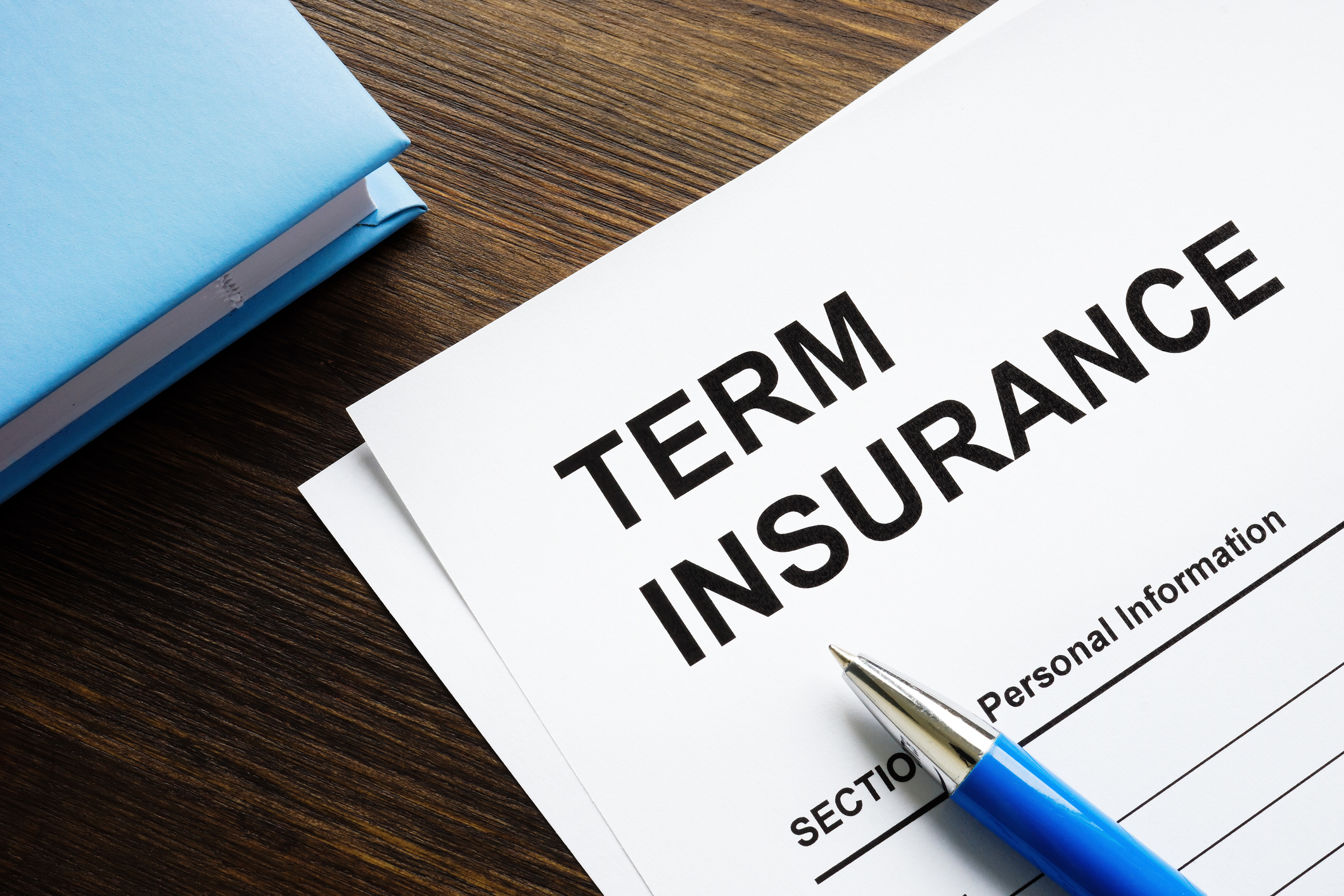Why a 10-Year Term Plan Might Be the Smartest Move You Make

Life can change significantly in ten years—kids grow up, loans are paid off, and careers move forward. A 10-year term insurance plan is designed exactly for this: to secure your family’s financial safety during one of life’s busiest, most responsibility-heavy decades. Affordable, flexible, and easy to understand, it’s a smart choice if you want strong protection without being locked into a long commitment.
What Is a 10-Year Term Insurance Plan?
A 10-year term insurance plan is a life insurance policy that provides coverage for a specific ten-year term. If the policyholder passes away during the policy term, the nominee receives the sum assured. If the policyholder survives, the plan simply ends, unless you have opted for a return-of-premium variant.
Why it’s popular:
- Short-term cover: Ideal for covering a home loan, car loan, or a child’s education.
- Budget-friendly: Premiums are lighter compared to long-term policies.
- Targeted protection: Ideal for years when your responsibilities are at their highest.
Think of it as renting financial security for a decade—just the right cover, right when you need it.
How Does a 10-Year Term Plan Work?
Here’s how it works in simple steps:
- 1. Select your cover: Choose the sum assured (e.g., ₹50 lakh).
- 2. Pay premiums: Regularly, for ten years.
- 3. Claim if needed: If something happens, your nominee gets the payout.
- 4. Plan ends: Coverage stops after 10 years unless it is renewed.
Example:
Ravi, 35, takes a 10-year plan for ₹50 lakh at ₹8,000 per year. If he passes away within that decade, his family receives ₹50 lakh. If not, the policy expires. For him, it meant peace of mind during the years of his housing loan and children’s school fees.
Why Choose Aviva 10-Year Term Insurance?
Aviva’s 10-year term insurance plan is designed to give you affordable protection during a crucial decade of your life. It combines simple coverage with flexible options, ensuring you and your family stay financially secure without overpaying for benefits you may not need.
Key Benefits of a 10-Year Term Plan
A 10-year term insurance plan is designed to give you targeted protection during one of the busiest phases of life. Here are the main advantages it offers:
- Affordable Premiums
Since the coverage period is shorter, premiums are generally lower than those for long-term policies. - Focused Protection
Ideal for covering short- to medium-term commitments like loans, school fees, or other financial milestones. - Fixed Premiums
Premiums remain constant throughout the 10 years, helping you plan your expenses more effectively. - Flexibility
Many plans allow add-ons such as accidental death or critical illness riders for enhanced protection. - Peace of Mind
Ensures your family has a financial safety net if something unforeseen happens during this decade. - Tax Advantages
Premiums qualify for deductions under Section 80C, and payouts are tax-free under Section 10(10D).
In short, a 10-year term plan provides reliable and affordable protection exactly when you need it most, without locking you into a long-term commitment.
Eligibility Criteria & Coverage Details
| Factor | Details |
| Entry Age | Typically, 18 to 65 years (may vary by insurer) |
| Policy Term | Fixed tenure of 10 years |
| Minimum Sum Assured | Usually ₹5–10 lakh, depending on the insurer |
| Maximum Sum Assured | Can go up to several crores, based on income and underwriting |
| Premium Payment | Annual, semi-annual, quarterly, or monthly options |
| Maturity Benefit | None (unless return-of-premium option is chosen) |
| Riders Available | Critical illness, accidental death, waiver of premium, etc. |
A 10-year term plan balances straightforward eligibility with flexible coverage options, making it accessible to most working professionals seeking short-term protection.
How is the Premium for a 10-Year Term Insurance Plan Calculated?
The premium of a 10-year term insurance plan depends on several personal and policy-related factors. Insurers calculate it primarily based on age, as younger individuals are considered lower risk and therefore pay less. Your health status, including lifestyle habits such as smoking or drinking, also has a significant impact. Non-smokers generally enjoy lower premiums.
The sum assured chosen directly influences the cost: higher cover means higher premiums. Similarly, adding riders such as critical illness or accidental death benefits will increase the premium. Occupation type and income level may also be considered when assessing the risk profile.
Finally, the premium frequency, whether annual, semi-annual, or monthly, can slightly alter the total cost due to administrative factors. Together, these details determine the affordability or expense of your 10-year plan.
Who Should Purchase a 10-Year Term Insurance Plan?
A 10-year term plan is not for everyone, but it is ideal for those with specific short- to medium-term responsibilities. Here are some examples of who benefits most:
- Individuals with short-term loans, such as car loans or personal loans.
- Young professionals seeking temporary protection until they can accumulate longer-term savings.
- Parents need to be covered until their children complete their education.
- Families with outstanding home loans are expected to be repaid in the next decade.
- People are seeking affordable coverage without committing to long-term policies.
- Those who prefer flexibility to review insurance needs after 10 years instead of locking into longer terms.
This term insurance plan works best for individuals who require reliable coverage during the most financially demanding decade of their life.
How to Choose the Best 10-Year Term Insurance Plan?
Selecting the right 10-year term plan requires comparing a few essential factors:
- Compare Premiums Across Insurers
Look beyond the first quote. Compare multiple providers to see who offers the best balance of cost and benefits. - Evaluate Claim Settlement Ratio
A high claim settlement ratio means a greater likelihood that your family’s claim will be honoured without hassles. - Check the Flexibility of Riders
Ensure the insurer offers useful add-ons, such as critical illness or accidental death riders, for enhanced protection. - Look for Fixed Premiums
Select a plan with premiums that remain constant throughout the term, thereby avoiding any unexpected increases. - Understand Exclusions Clearly
Every policy has limitations. Read the fine print to know what’s not covered. - Consider Tax Benefits
Pick a plan that qualifies for deductions under Section 80C and tax-free payouts under Section 10(10D).
Frequently Asked Questions
Any individual within the insurer’s eligible age bracket, usually 18 to 65 years, can purchase a 10-year term plan. It is best suited for individuals with short- to medium-term financial responsibilities, such as loans or educational costs, who want affordable coverage for a defined period.
Most 10-year plans expire at the end of the term; however, insurers often allow for renewal or conversion to a longer-term policy. Renewal premiums will depend on your age and health at that time and may be significantly higher compared to when you first purchased the plan.
No, the death benefit applies only during the active policy term. Once the 10 years end, coverage stops. To maintain continued protection, you will need to either renew the policy, extend it if permitted by the insurer, or purchase a new term plan.
No, once a policy lapses due to non-payment of premiums, the coverage and benefits cease. Some insurers provide a grace period to pay overdue premiums and reinstate the policy. If not revived within that timeframe, the plan permanently lapses, and no benefits can be claimed.
Popular Searches
- Term Insurance Plan
- Term Insurance Age Limit
- Term Insurance with Maturity Benefit
- Term Plan in your 30s
- Term Plan Benefits
- Zero Cost Term Insurance
- Ideal Coverage Amount for Term Insurance
- Term Insurance Riders
- What is Term Insurance
- Types of Life Insurance
- Term Insurance with Return of Premium
- Group Life Insurance
- Saral Jeevan Bima
- Life Insurance Plans
- Benefits of Life Insurance
- Life insurance vs Health Insurance
- Life Insurance vs Annuity
- Types of Life Insurance
- What is Life Insurance
- Sum Assured
- Endowment Plans
- Health Insurance Plans
- Cancer Insurance
- Child Insurance Plans
- Cash Value Life Insurance
- Savings Plan
- Guaranteed Savings Plan
- Short Term Investment Plans
- Pension Plans in India
- ULIP Plan
- ULIP Meaning
- ULIP and Riders Options
- ULIP Plan Tax Benefit
- ULIP Benefits
- What is Annuity
 :
:  :
: 



